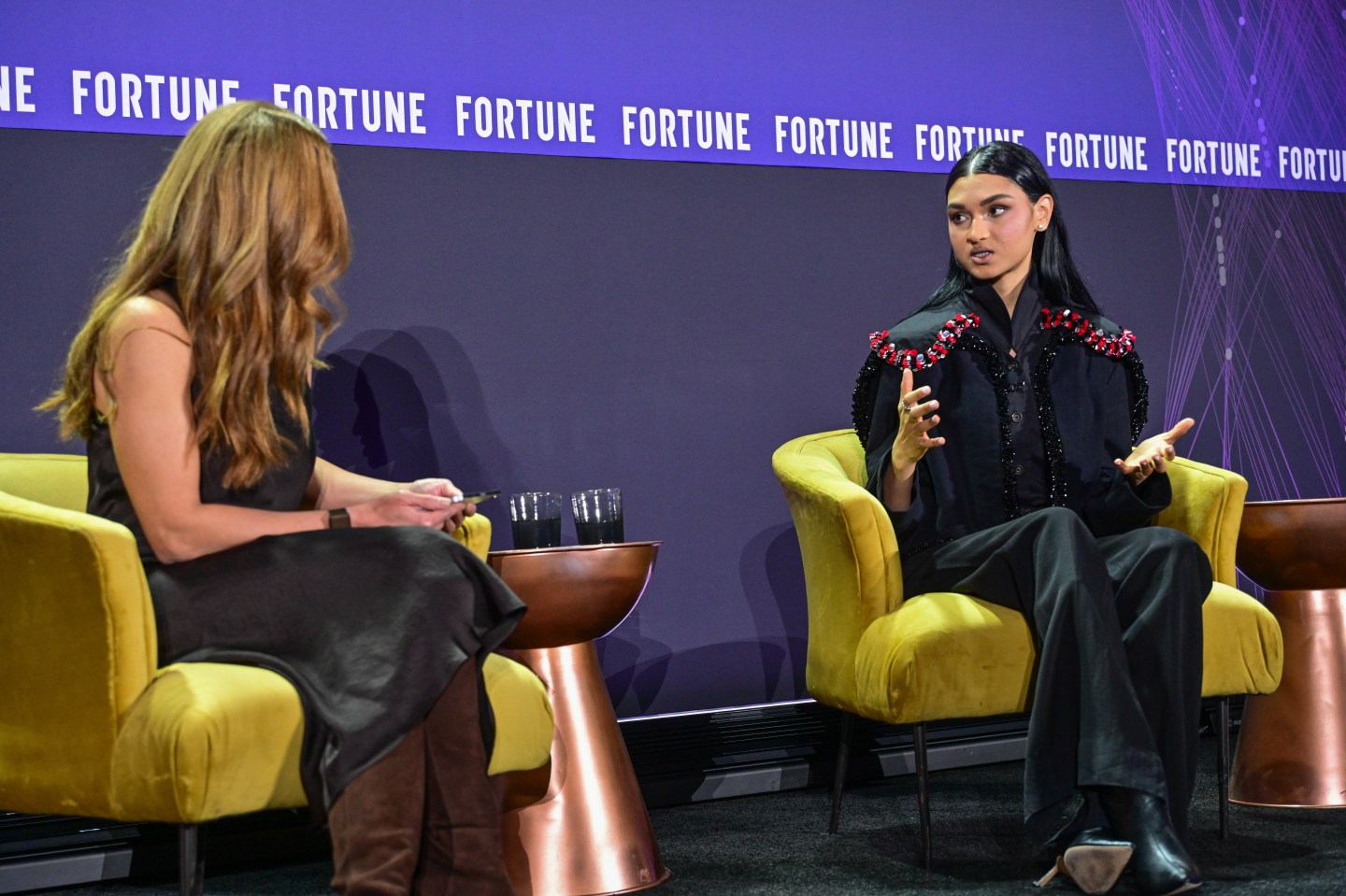AI agent deployment at major U.S. organizations has entered a period of hyper-growth, with workplace culture and management strategies evolving just as rapidly, according to the latest KPMG Q3 2025 AI Quarterly Pulse Survey. In just six months, the share of organizations with deployed artificial intelligence agents quadrupled from 11% to 42%, according to the survey of 130 U.S.-based C-suite and business leaders representing organizations with annual revenue of $1 billion or more.
At the same time, according to Rahsaan Shears, principal and aIQ program lead at KPMG U.S., the third quarter is when people’s approach to the technology fundamentally shifted. The “fear factor” was gone as more people actually worked with these tools, she said, and in its place a “cognitive fatigue” emerged. Echoing this sentiment, the KPMG report highlights a dramatic drop in employee resistance—from 47% last quarter to just 21% now. Over half of the workforce now either accepts or actively embraces AI agents. Technology departments lead the charge, with 95% reporting agent usage for productivity gains, followed closely by operations and risk management.
The ‘human in the loop’ is reassuring—and exhausting
Shears said C-suite leaders are telling her that as more and more workers have engaged with the technology, either through enterprise tools or participating in a proof of concept by their organization, “they can see where it’s an enabler.” But based on its maturity, it hasn’t reached the point where it can entirely replace human workers. There needs to be “a human in the loop or a human on the loop.”
A defining insight from Shears is the changing relationship between humans and AI at work. Shears describes the technology as “a toddler”—capable of impressive feats yet still immature and requiring context, guidance, and oversight. “It’s not a toddler in all fields—software development, for instance, it’s much more advanced.” But for most enterprise uses, it still needs human intervention, she observed.
This ongoing need for human skills, Shears believes, has made employees more comfortable with AI, seeing it as a tool that enables rather than replaces them. “That persistent need for human engagement—I think people have found that comforting,” Shears said, emphasizing the unique skills now required: critical thinking, questioning, and adaptability. She said she believes “Renaissance skills” will be increasingly important, but clarified that it doesn’t mean the workforce will be full of poetry majors. Still, “the art of thinking, the art of questioning” will be crucial for being the human in the loop.
When asked if people have found that AI tools are bad or don’t produce a return on investment, Shears said people went from having an expectation that AI would be just as good at work as someone with lots of experience to understanding that, while it can go much faster than humans at many things, like a toddler, it can cause a lot of damage without close supervision.
Rethinking success and ROI in the AI era
Both KPMG and Shears argue that traditional business metrics are insufficient to capture AI’s transformative impact. According to the survey, 78% of leaders say conventional KPIs miss much of AI’s value. Shears said the same is true of ROI and the much-publicized failure of many AI pilots to achieve it. “I believe that the traditional measures that we’ve looked for are not going to tell us the full story, because we’re never going to go to a very lengthy analysis, because we don’t know how to measure necessarily all the right indicators. I’m very interested and intrigued about how this is going to come to fruition,” she said, adding that KPMG was looking at a broad array of signals to evaluate AI results.
KPMG’s data reflects this shift—organizational leaders are now tracking productivity (97%), profitability (94%), and quality improvements (91%) as evidence of AI’s business impact, even as broader enterprise outcomes continue to evolve.
Toward a new kind of workforce
Workforce transformation is now firmly underway, with Shears seeing hope especially for entry-level workers who are “digital first,” yet now face higher expectations for skepticism, critical thinking, and adaptable reasoning.
When asked if this will reshape how entry-level work feels and looks, Shears said it’s nuanced, because she’s observed a propensity among younger workers, raised on social media and constant iPhone access, to “trust” their devices and technology. In the case of AI, because it’s “more early in its maturity, they need to be more skeptical, which is a different kind of relationship than they historically had from a digital interaction perspective.” This coincides with KPMG’s finding that 56% of leaders expect to reshape entry-level recruiting within the year. When asked if employers need to rethink entry-level work to be less menial and more critically oriented, Shears replied that it’s already happening: “We’re seeing it.”












